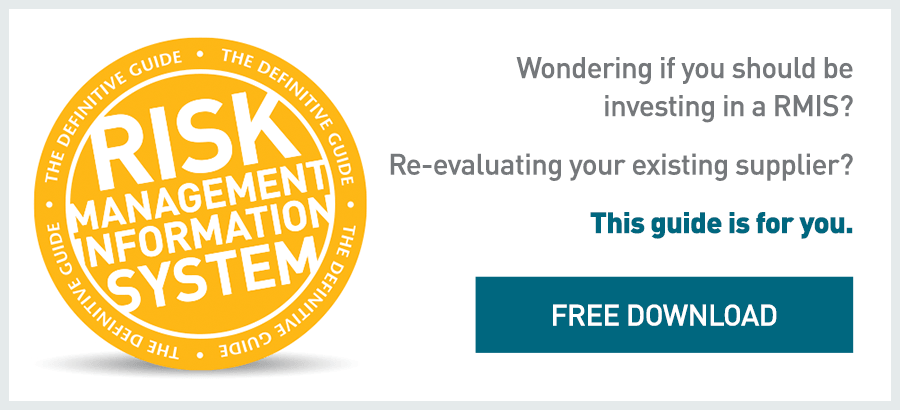
Everyone could use more time for "blue ocean" thinking, right? More time to express strategic creativity and identify innovations that could lower total cost of risk? That could really set the risk manager apart and impress the executives in the corner offices. Yet the duties of day-to-day risk management often seem like a 24/7 job. Who has time for thinking?
One innovative solution for that lack of time is more talking. No, not literally getting on the phone and conversing with everyone in your Rolodex. Instead, think better communication all around, thanks to your RMIS.
With a dynamic risk management information system, risk managers can realize communication improvement in two important directions – across their team and operations staff in the field, and up to their management team. The following two examples illustrate both:
Inroads into safety
A flexible and powerful risk management software solution can be customized to match the complex needs of a risk manager. One solution designed for RiskConsole clients centers around safety and operational risk. The goal is all-around investigation of incidents through root-case analysis to prevent a certain class of incidents from occurring.
Here is the communication kicker: The RMIS allows risk managers to create an automated email list of people who must be contacted after an incident occurs – and provide those individuals with an easily accessible dashboard and clear checklist for the tasks that they must carry out to conduct the investigation. Included in the communications can be corrective actions to prevent similar incidents from occurring in the future.
Enterprise risk management solution
Risk managers can always find new risks to monitor for their organizations, even risks they don't buy insurance for. A robust RMIS allows them to monitor all organizational risk and then produce reports to help their senior management make sense of them. These risks can include the type of exposures listed in the opening of any company's 10-K, such as currency fluctuations, new market competitors and political upheaval in foreign lands.
A key to such enterprise risk capabilities is identifying the risks and documenting them, and then weighing them to determining ways to mitigate them. Some of these organizational risks are more material than others. Using an established food manufacturer as an example, a primary risk may be supply chain risk – making sure they receive a steady stream of raw ingredients – versus new competitors (something they cannot control).
Communication is another important aspect, especially getting the point across to senior leadership. By showing operation risk trends through visuals such as heat maps, risk managers can clearly and easily reveal that they are doing the right things to mitigate the most relevant risks. In the case of the food manufacturer, perhaps a "right thing" to do would be to diversify the supply chain.
For risk managers, the benefits of effective communication can lead to greater prestige and influence across an enterprise, along with on-the-ground management, mitigation and future monitoring of risks. All can contribute to lower total cost of risk, which then lead to further prestige and influence in the organization. It's a virtuous cycle.
Efficiencies gained from improved communication will ideally result in risk managers having more time to think about that bigger picture (or perhaps about the blue ocean from their last beach vacation).
 Chad Levine is business development manager with Aon eSolutions, based in Chicago. Contact Chad by email at chad.levine@aon.com
Chad Levine is business development manager with Aon eSolutions, based in Chicago. Contact Chad by email at chad.levine@aon.com








 Chad Levine is business development manager with Aon eSolutions, based in Chicago. Contact Chad by email at
Chad Levine is business development manager with Aon eSolutions, based in Chicago. Contact Chad by email at 



